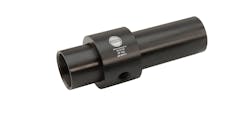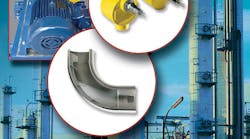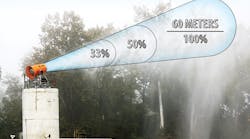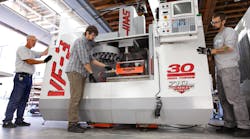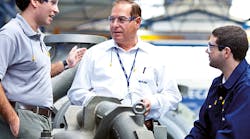Latest from Plant Operations
Dusty, Dirty Jobsites? Move Materials With a Material Conveying Pump
How can we create construction and heavy equipment job sites that reduce the risk to workers inhaling or digesting dust, debris, and other hazardous particles? The solution can be a material transfer pump.
For example, when small sections of roads and highways require minor repairs, workers cut out and remove crumbling concrete sections but leave intact the surrounding still-solid concrete. They use a core drilling machine to cut holes into the remaining sections of the usable concrete located around the perimeter of the dug-out holes, extending into the sides along a horizontal plane. The workers then place reinforced bars of steel in the dug-out area. But before that, when the core holes are drilled out, they release large volumes of dust and debris which is liable to be ingested or impair the vision of workers driving other machinery.
Compact, lightweight material transfer pumps employ compressed air to collect small dust and solid particles of concrete debris from the drill site and transfer all of it to a receptacle. With a straight-through design and no moving parts, the pump allows the material to travel at high speeds with no interference or clogging.
These pumps can also be used in the bridge and roadway construction industry to spread aggregate. This application is the opposite of the core drilling application. Instead of collecting the dust, the material transfer pump is now used to minimize dust by spreading the aggregate in a controlled manner. It also eliminates the need for the manual spreading of aggregate on the bridge deck or road surface. These high-speed pumps spray materials such as glass, mineral fragments, stone dust, metal filings, ceramics, and other high friction surface materials. The pump produces a conical spray pattern that enables precise placement of aggregate, minimizing waste.
Material conveying pumps are semi-automated, safe, efficient, and economical. Not only do they limit the amount of dust released into the air, but they also reduce costly labor-intensive manual operations and control the waste. When the body of the pump inevitably wears out, it can easily be replaced in the field from kits that quickly swap out the pump body in minutes using only a pair of retaining ring pliers. There’s less downtime and lower costs.











